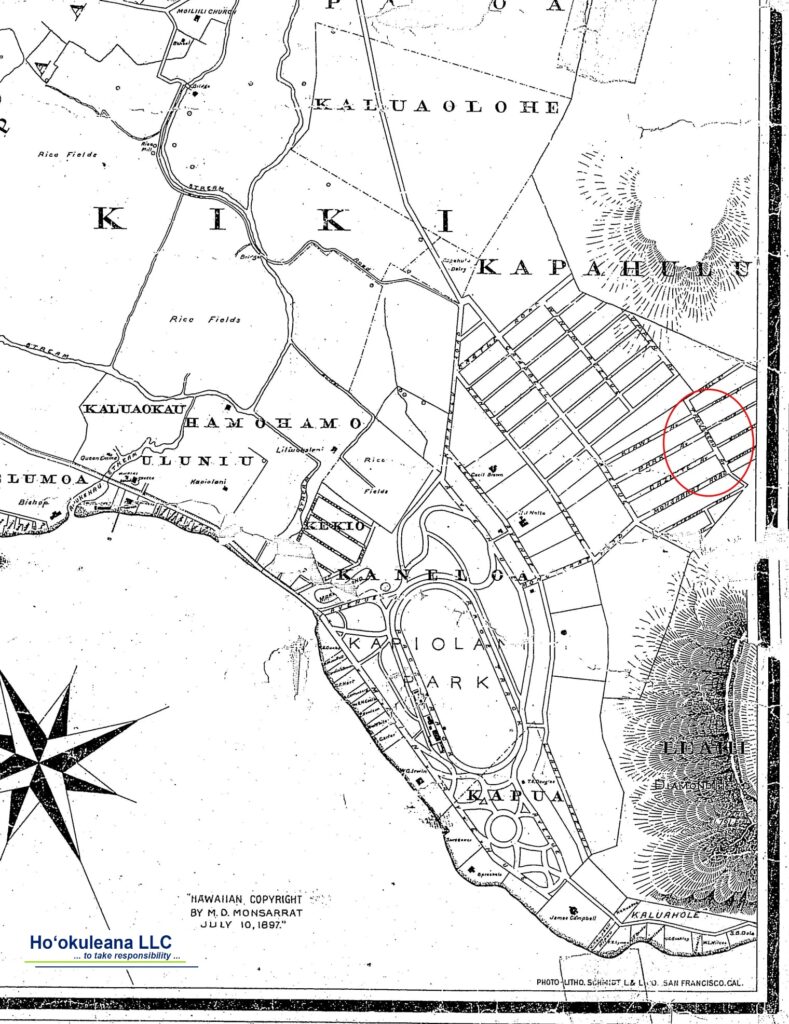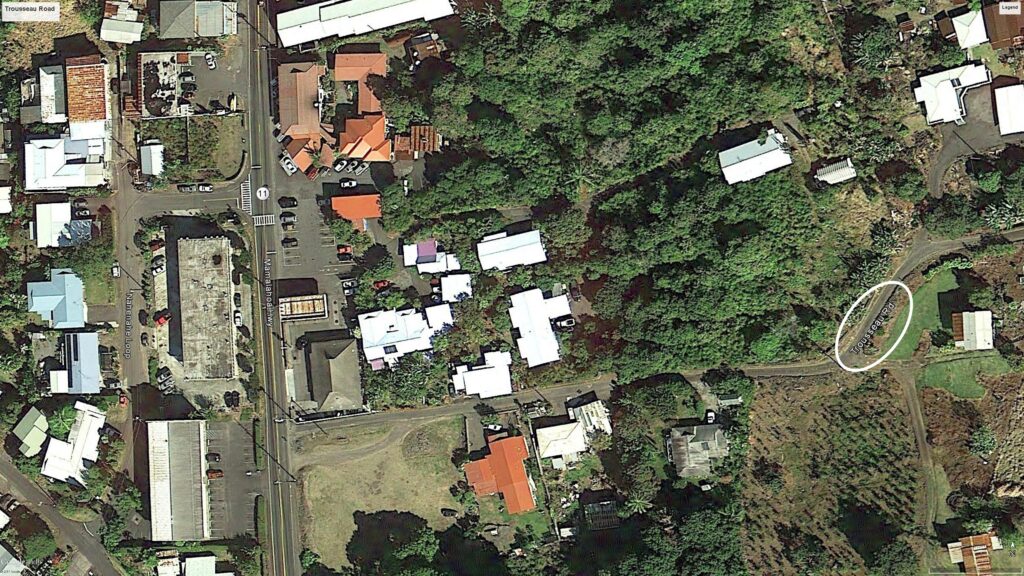With the recent voyages of Hōkūleʻa and Hikianalia on their journey around the world “to learn, create global relationships, and explore how to care for our oceans and island earth,” (PVS) we recognize they followed in the footsteps of Hawaiʻi’s last king, Kalākaua, over a century ago in sharing the Islands with others.
“O’er land and sea I’ve made my way; To farthest Ind, and great Cathay; Reached Afric’s shores, and Europe’s strand; And met the mighty of every land.”
“And as I stood by each sovereign’s side, Who ruled his realm with a royal pride, I felt how small my sway,—and weak:— My throne based on a mere volcanic peak, Where millions do these Kings obey, Some thousands only own my sway.”
“And yet I feel that I may boast, Some good within my sea-bound coast, Richer than those of my grander peers, That I within my realm need have no fears”
“May mingle with my people without dread: No danger fear for my unguarded head, And boast a treasure, sent me from above That I have indeed, my people’s love.” (Kalākaua’s Boast, PCA)
King Kalākaua was the first ruling Monarch to tour of the world; in doing so, he made good on his motto, and motivation, proclaimed at his accession, ‘Hoʻoulu Lahui!’- (Increase the Nation!)
“Since the concert of the morning stars, or the appearance of man on the globe, sovereigns have done many great and many small things; but not one of them, even in these later days, has had the audacity or pluck to circumnavigate this little planet.” (Armstrong)
“A deep feeling of anxiety and interest pervaded the community on the eve of the departure of the King, and all classes and races strove to outvie each other in their expressions of good-will and affection, in bidding adieu to His Majesty.” (PCA)
“(T)he King goes but for the good of his people, to make the country richer by getting more capital and people to come this way. … So the King this time takes with him a Commissioner to enquire into and bring other people of brown skins here to re-people these isles.” (Kapena)
The King and others were concerned about the declining Hawaiian population in the Islands. “The King himself would be only so in name if he had no people to rule. The King will not rest until his hope of re-peopling these isles has been fulfilled.” (Kapena)
Leaving January 20, 1881 on the Oceanic and arriving back in the Islands October 29, 1881 (nine months and nine days later,) Kalākaua travelled to the US, Japan, China, Siam, Burma, India, Egypt, Italy, Belgium, Germany, Austria-Hungary, France, Spain, Portugal and the United Kingdom.
Kalākaua wanted to gain recognition for his kingdom and learn how other monarchs ruled. He believed the best way to conclude diplomatic relations with foreign countries was to understand their customs.
He met with the Emperor of Japan; General Li Hung Chang, of China; the Governor of Hong Kong, in the name of the British Queen; the King of Siam; the British Governors or Commissioners of Singapore, Penang, the Malacca Straits, and of Burma; the Vice-Regal Court of India; the Viceroy of Egypt; the King of Italy; the Pope, Holy Father in Rome; the British Queen; the King of Belgium; the Court of Emperor William of Germany; the officials of the Austrian Empire, in the absence of the Emperor; the officials of the French Republic; the officials of the Spanish Court, whose Regent was absent; the King of Portugal; and finally, the President of the United States.
For the most part, the King travelled incognito (his trip was claimed to have “no official significance.”) At times his unannounced arrivals caused some confusion (and missed opportunities to meet with leaders (who were out of town.))
However, he was greeted and handled with stately attendance. He was royally entertained and decorated with the highest orders; armies were paraded before him and banquets held in his honor.
Three white men went with him as advisers and counsellors, William N Armstrong (his Attorney General,) Colonel Charles H Judd (his Chamberlain and one of his most trustworthy friends) and a personal attendant/valet (a German known as ‘Robert.’)
Armstrong and Judd were sons of American missionaries to the Islands – and the only companions of the King on the voyage. (Armstrong)
Armstrong and Judd were Kalākaua’s schoolmates at the Chiefs’ Children’s School in 1849. (Marumoto) “Thirty years afterward, and after three of our schoolmates had become kings and had died (Kamehameha IV & V and Lunalio) and two of them had become queens (Emma and Liliʻuokalani,) it so happened that Kalākaua ascended the throne, and with his two old schoolmates began his royal tour.” (Armstrong)
During the trip, Armstrong was given the additional titles of Minister of State and Royal Commissioner of Immigration. The title of Minister of State was given in order to place Armstrong in the same rank as the cabinet ministers of foreign sovereigns. (Marumoto)
One striking incident occurred while the King was being entertained by the Khedive of Egypt at Alexandria. The royal party, during the reception, was brought out on the balcony of the palace to look out over the harbor. And while they were standing there, an attaché pointed out to King Kalākaua an old hulk used for receiving coal.
The hulk was all that was left of the Resolution, the ship in which Captain Cook ‘discovered’ the Hawaiian Islands. The King said: “Let us drink a toast to the old ship.” The wine was brought, and on the grand balcony, with the harbour lighted with rockets and lanterns, the King raised his glass and said, “Here’s to the ‘Resolution.’” (Armstrong)
At the end of his trip Kalākaua declared that he had found nothing in the civilized world of which his nation stood in need with the exception of some well bred horses and sheep. He said that he found his own subjects to be better off than the majority of the nations he had visited.
They had enough to eat and wear and were certainly happier than any people he had seen. (Lesley’s Monthly) (The Pacific Commercial Advertiser (PCA) chronicled is voyage; much of the information here is from there.)




































